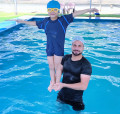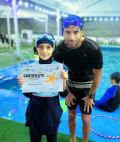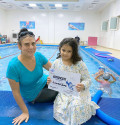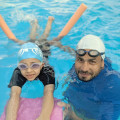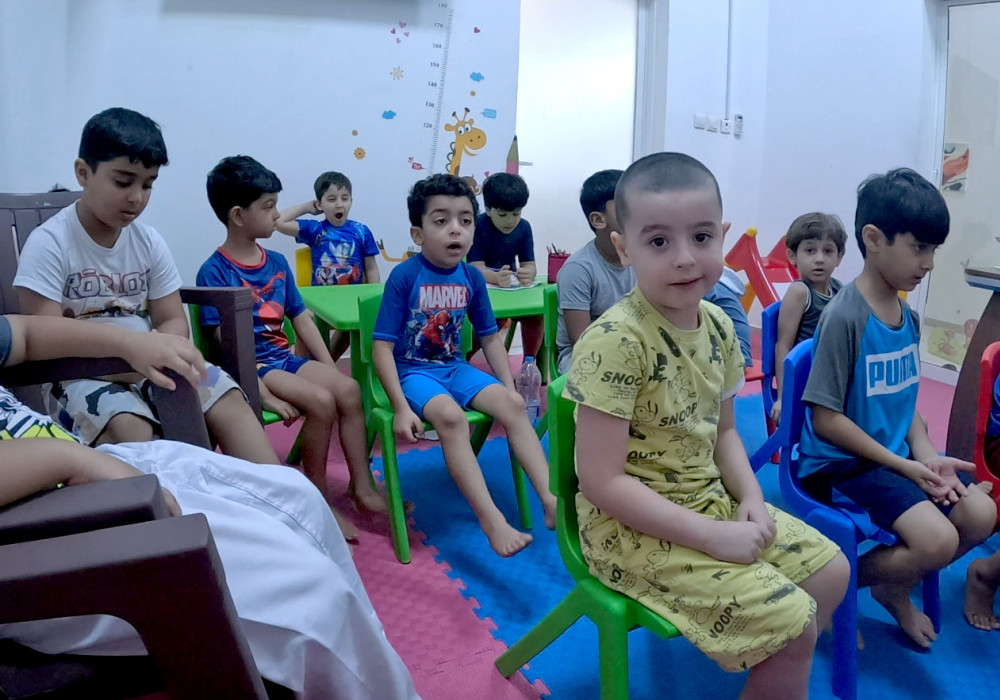
Kids Learning Quran Kareem and Prayer
2023-11-03 - Islamic EducationIntroduction
In a world that's constantly evolving, instilling strong
values and faith in our children is of paramount importance. One of the ways to
achieve this is by introducing kids to the Quran Kareem and teaching them the
significance of prayer. In this article, we will explore the various methods
and resources available to facilitate kids in learning the Quran and
establishing a connection with prayer.
The Significance of Early Learning
The Formative Years
The early years of a child's life are incredibly crucial in
shaping their beliefs and values. It is during this time that they are most
receptive to learning and absorbing knowledge.
Quran Kareem and Prayer
Teaching children about the Quran Kareem and the importance
of prayer lays the foundation for a strong and unshakable faith.
How to Make Learning Engaging
Interactive Apps
There are numerous interactive Quran and prayer apps
designed specifically for kids. These apps use gamification and animations to make
learning fun and engaging.
Storytelling
Using storytelling and parables from the Quran Kareem can
capture a child's imagination and help them understand the lessons and
teachings more effectively.
Art and Craft
Incorporating art and craft into the learning process can
help kids express their creativity and reinforce their understanding of Quranic
concepts.
The Role of Parents and Teachers
Parental Involvement
Parents play a pivotal role in a child's spiritual
development. Encouraging regular recitation of the Quran and prayer at home can
have a profound impact.
Islamic Schools
Enrolling kids in Islamic schools can provide a structured
and comprehensive education in Quran Kareem and prayer.
Nurturing Values and Behavior
Compassion and Empathy
Teaching children the Quran Kareem promotes values of
compassion, empathy, and respect for others.
Discipline and Responsibility
Regular prayer instills a sense of discipline and
responsibility in kids.
Challenges and Solutions
Keeping Kids Interested
Maintaining a child's interest in learning the Quran and
prayer can be challenging. Switching between various teaching methods can help.
Peer Influence
As kids grow older, peer influence can sometimes challenge
their faith. Open and honest communication with them is key.
Conclusion
In a rapidly changing world, instilling strong values and a
deep connection to faith in our children is a vital responsibility. Teaching
kids the Quran Kareem and the significance of prayer is a meaningful way to
achieve this. By using interactive tools, involving parents and teachers, and
nurturing values, we can ensure our children grow up with a strong foundation
of faith and spirituality.
FAQs
Q1: When should I start teaching my child the Quran?
Start as early as possible, but adapt the approach to their
age and understanding.
Q2: How can I make learning the Quran fun for my child?
Use interactive apps, storytelling, and art and craft
activities to engage them.
Q3: Is it necessary to send my child to an Islamic school?
It's not necessary but can provide a more structured Islamic
education.
Q4: How can I address questions my child has about their
faith?
Encourage open and honest communication, and seek guidance
from religious scholars if needed.
Q5: What if my child loses interest in learning the Quran
and prayer?
Switch teaching methods and find ways to make it more
engaging for them.







.jpg)








































































